I want to help you build a sustainable, profitable handmade business that makes you consistent income and sales. I only ever teach or recommend marketing, social media, pricing, production and branding tips that I’ve personally used successfully in my own 7-figure handmade businesses.
I'm Mei, from Los Angeles!
Read More
Popular Posts You'll Love
Looking for something?
Categories
starting a business
get more traffic
running a business
make more sales
branding
growing a business
mindset & productivity
podcasts
pricing & money
product photography
reviews
selling on etsy
selling on amazon
social media
selling wholesale
- Facebook0
- Twitter1
- Pinterest32
- 33shares
If you’ve been looking for a way to have recurring income in your business or in your life, a subscription product might be right for you and today I’m going to show you how to start a successful subscription business or product. This can either be as an add on to your existing business or as a blueprint for starting a new business.
A strong component of my business is a subscription based model. 50% of my sales come from my subscription product. I sell handmade polymer, clay, food, scented jewelry and I also sell these as a subscription called Necklace of the Month Club.
What is a subscription, club, or membership?
These are all just names for making a sale on an ongoing or recurring basis.
I’ll talk about all of the different options coming up, but the main kernel is that a person makes one commitment to purchase from you and they will receive a product or a service on an ongoing and regularly scheduled basis.
These are really great things to have as a part of your business. As you know, the hardest part of making a sale is getting that customer to make the decision and click the buy button.
The more you can remove that barrier and set up a process so that the purchase is happening in an ongoing way, the easier it is for you to make a sale.
A subscription only stops when the person unsubscribes.
What’s the catch?
I don’t think I need to tell you why you would want to have a subscription product, but it’s a lot of extra work, so that’s a downside.
With that being said, making ongoing recurring sales that you can count on from month to month is amazing. Not only does it increase your overall sales, but it also adds a layer of reliability.
When the subscription component of your business becomes strong, you can then start to know and expect that you have a certain amount of money coming in per month.
It can really revolutionize the way that you look at your balance sheet because as handmade businesses, we all have crazy ups and downs. I call that the roller coaster of being self-employed.
A subscription business is a way to regulate these sales.
Are you ready for a subscription based product?
How do you know you’re ready to start a subscription business or a subscription based product?
1. Your business needs to be consistently creating products.
For this model to work, you would need to create and deliver a product on a schedule.
A subscription means you’re promising a person that you’re shipping their product out as scheduled, and it’s going to happen month after month, so you need to make sure that you’re able to consistently create product and meet demand.
2. Do you have a customer base that would benefit from this product?
This can take one of three forms. You may have customers that are constantly reordering from you. If they’re placing regular orders from you, that’s a signal that you have a customer base that would benefit from some kind of automated recurring service (automated for them).
You may also have some customers who are always wanting something new from you, for example, yarn, DIYers, or fabric makers.
Lastly, and this is primarily where I fall under with my subscription, is if your shop has a ton of different designs and it’s something that people naturally want to collect, but they can’t decide what design to buy first. So joining my club is an easy solution to that.
If you think you have a small segment of your customer base that would benefit from an ongoing purchasing arrangement, then this could be right for you.
Do you have the infrastructure?
The third big pillar I think is important, to know that you’re ready to start a subscription based business or product, is that you’re prepared to manage the infrastructure in terms of the technology and the inventory.
I’m going to talk a bit more about these details as we go, but you do not want to have a Wix website, a spreadsheet that you’re filling in by line by line manually when a payment comes in and putting stamps on envelopes for postage. That will work for the first 5 or 10 customers, but it will quickly drive you nuts.
You want to be prepared to invest in a little bit of infrastructure. If you’re making a lot of sales already, this is possibly the infrastructure you already have.
Because of the ongoing nature of this kind of model, you would need to be able to automate your sales and fulfillment to some degree.
Because a subscription product or business is more complex, I don’t really recommend it to people who’ve never run a business before or if you’re just starting out. Getting subscribers is also going to be a lot easier for you if you’ve already got a customer base but it doesn’t have to be big.
What does a subscription product look like?
There are two kinds of subscription products:
- Refill subscription
- Novel subscription
What are refill subscriptions?
These are things that you would subscribe to because you’re going through them and reusing them on a regular basis.
This is what Amazon does when it says, would you like to subscribe and save on cereal or razors?
Another example is The Dollar Shave Club. Would you like razors delivered to your door every month?
For decades, cosmetics companies have been working like this. You use a certain amount of moisturizer and need to reorder it every two months. Or with contact lenses, soap, or lotion.
If you have a handmade business that falls into this category of people using your products in a very regular way, then a refill type of product might be right for you.
This could be things like food, makeup, self care, and even clothing. Things that get used and where the purchases are predictable.
What are novel subscriptions?
A novel kind of subscription is people who are looking for something new and interesting, and they want it delivered to their door.
With my club, I’ll send you a new, surprise necklace every month to your doorstep. It’s always a different design. People love it!
Stitch Fix, with the clothing subscription, is very similar. They send you a box of clothing every month.
Yarn clubs. So if you knit or crochet, you’ll know that these clubs have been around for a while, where a yarn dyer will send you a new skein of yarn every month in a completely new color.
Quilt block of the month clubs, crafting supplies. I’ve even seen artists who send out book chapters.
Netflix was like this with movies in the olden days when they used to ship you a new DVD.
There are loads of options for novel type subscriptions. This is where I think most of you will be.
In terms of what you’ll you’ll actually be selling, this is where brainstorming comes in. You’ll have to push yourself to think honestly about what your customers want on a recurring basis and which products you could offer to make this work.
How are you going offer your subscription?
There are two options for how you’re going to offer the clubs. One is a sequential subscription and the other is a monthly subscription.
The difference is a sequential subscription is everyone receives the same thing on the first month that they sign up.
I may sign up in January and you may sign up in March, but our first shipment will be the same. We’re getting it in different timelines. I’ll get my box one in January. I’ll get box two in February. I’ll get box three in March when you’re getting box one because that was your first month.
This is the sequential subscription system.
A monthly subscription system is what you’ll see most often out there with other big subscription businesses.
How it works is, in March, everyone receives the March box. And then in April, everyone will receive the April box.
So I can sign up in January and you sign up in March, I will receive the January box and you signing up in March will never be able to get the January box because you missed it.
I used to do it this way, but it was a nightmare for me.
Pros and cons of a sequential subscription
It is a little complicated to explain to customers and it also requires careful management of your inventory.
Let’s say you’re offering a year-long subscription to people. There will be months where you are mailing out 12 different kinds of boxes to different people.
So there’s the person who signed up in February. There’s the person who signed up in March, and they’re all on their own different timelines.
More than anything else, you need your systems under control and your technology in place to know what to send to whom.
In terms of inventory, you also have to make sure that the products for box three are always stocked.
The advantage to that is you can order or make 500 of whatever design and put it in box three and sort of always have it stock and available, but you’re also locking up that inventory.
This will just differ for everyone in their different businesses. I use this system and it works for me because the necklaces I’m offering in my club are necklaces that we already sell on our site.
These aren’t exclusive, new designs. We already have the inventory for them.
One thing I really like about this system, and this is how my necklace subscription works, is it allows you to develop a complete line over the course of the year or multiple years.
You get to control the entire experience.
For example, I’ve seen a company that has kits for kids and in the first month, everyone gets a backpack. Then in the second month, they get X and Y and Z. Because, you know, everyone gets box one when they sign up, you can create in some sense, a better experience over the course of the year because your first package can be this amazing intro kind of thing.
Everyone’s starting off on the same foot. And you also are in some sense, better able to control your costs and price over the full system.
In month six, you can send everyone this really cool bonus to keep them excited throughout the months and discourage people from leaving your subscription.
You know that everyone gets the bonus, no one misses out on it.
It’s the total opposite for the monthly subscription system, where if you send out a really cool product in April, some people will miss it if they sign up in May. And that can cause a bit of friction with your customers.
So that’s how the sequential system works. The advantage is that you don’t need to constantly keep developing new products, which was what I needed because as you’ll see, this is a big disadvantage for the monthly subscription.
Pros and cons of a monthly subscription
The monthly subscription kind of shipment has different advantages.
One huge advantage is that there is a community aspect that you cannot get with a sequential subscription. You can use the monthly shipment as a way to generate lots of community engagement and interaction.
If everyone gets sent the same yarn in March and we all knit the same pattern, you can set up a Facebook group ask people to show what they got. You can have events, you can create all kinds of excitement around this month’s shipment.
Whereas with the sequential subscription, if people are getting different boxes every month, that just doesn’t work.
Everyone gets really excited about what shipped out this month, which actually helps a lot with your marketing because when people are excited, people will share and post and talk about your shop.
So what about that FOMO, the fear of missing out from people who weren’t a part of your subscription when you sent out a really cool product that month? There is a workaround for that.
Some people make available after three or six months, the products from previous months. So you can also do that as a way to create separate product listings for people who missed out, but you don’t want to get rid of the exclusivity factor that you’ve created with your club.
So there’s usually some kind of wait time, and I also recommend that you price it at a higher price point than what you would pay if you were in the subscription.
One, the biggest downside to the monthly subscription system is the need for continuous supplies sourcing and designing, which can be difficult and for me, led to serious burn out after a year of being on this hamster wheel.
It wasn’t for me, especially since it usually takes me 2-3 weeks to make a new necklace design.
The upside to that is if you know you have a certain number of subscribers, you can order just a certain number of the supplies for that thing, and you don’t need to constantly keep these items in stock like you do for a sequential system.
This way is also a tad easier on the customer service.
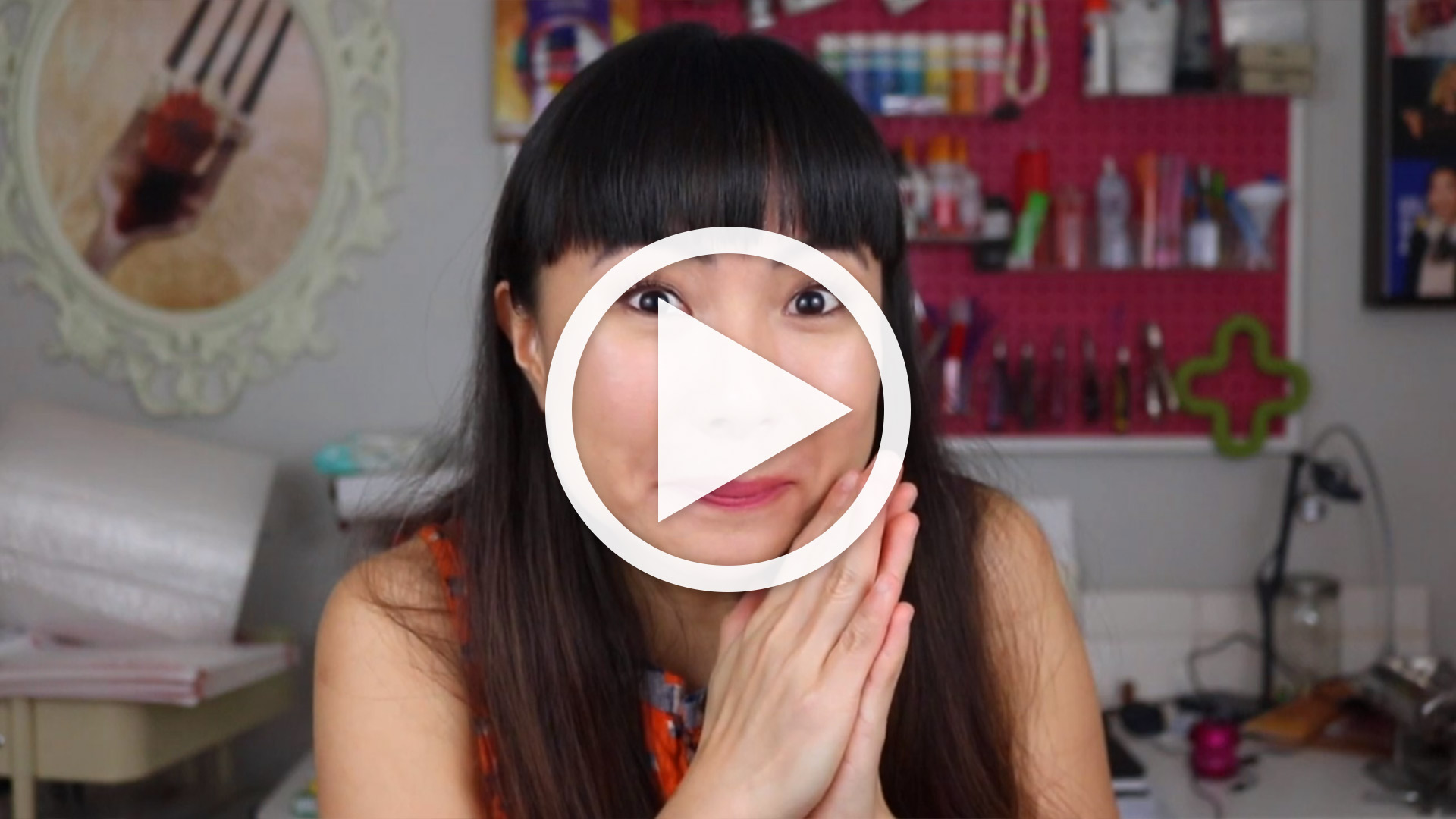
Technology
I’m going to go through this briefly because I have some other posts that talk about which website platform is best for you. You want to have a powerful website that has access to the technology for handling subscriptions.
I‘m already a huge fan of automation but this applies here, extra, extra, extra, because if your subscription is a success, more people are going to be signing up and they’re going to be staying on. You want to make sure that this system is seamless and smooth for everyone.
For example, a really quick and easy way to get started is using the Paypal subscription feature where you create Paypal buttons that are set up to charge the customer on a recurring basis.
Super simple, but you’re going to have to do a lot of the things manually. That’s fine when you’re starting small, but as you grow, it becomes a huge pain.
Switching off of PayPal is also a different kind of pain.
If you can, I really encourage you, whether you’re a Shopify or WooCommerce, to get an app that connects your website with your shipping system.
You want this to be as smooth as silk because you are already going to be dealing with the ordinary struggles of running your business. Plus the inventory struggles of getting the subscriptions rolling on time and these hard deadlines, and you don’t want that your website or the payments to be a problem for you.
Think about if your system had leaky holes and problems when you’ve got 10 subscribers. While it may not be any trouble for you to manually handle and fix those problems for just 10 subscribers, those problems will be magnified when you’re dealing with 50 subscribers or 100 subscribers. And it’s very difficult to change systems later on.
So I encourage you to spend more time and effort to get your technology under control.
Pricing
In terms of pricing, keep in mind that as you sell these items to more people, and as you’re ordering in larger quantities, you will be able to get price reductions from your suppliers that you can pass on to your customers.
For pricing, you could actually charge a lower price point because your costs are lower and you want to make it a no brainer for customers to join your subscription over buying your products ala carte.
Marketing
Subscriptions make your marketing job so much easier because you’re doing the marketing work to turn a visitor into a customer once, and they bring you recurring sales for months.
You’re going to get a much better return on investment for all of your marketing work.
For example, I might pay $15 worth of marketing effort, whether that’s social media posting or email marketing or paid ads, to make a $40 sale. With a subscription product, I know anyone who joins ends up staying for a few months and they usually spend a total of like $100.
I’ve still only spent $15 to make that sale. You can see how it’s more profitable. Make sure you put on your marketing A-game here.
This may even be the time that you want to start working on paid ads, because like I said, the return on investment is going to be so much higher with the marketing that you’re doing.
I have an entire Facebook ads training for handmade sellers in my A Sale A Day Business System program if that’s something you’re interested in.
If you found this post helpful, let me know in the comments. Leave a comment if you have any questions for me. I know it’s hard to put everything I know and ALL the details into one post because there’s so much more to it.
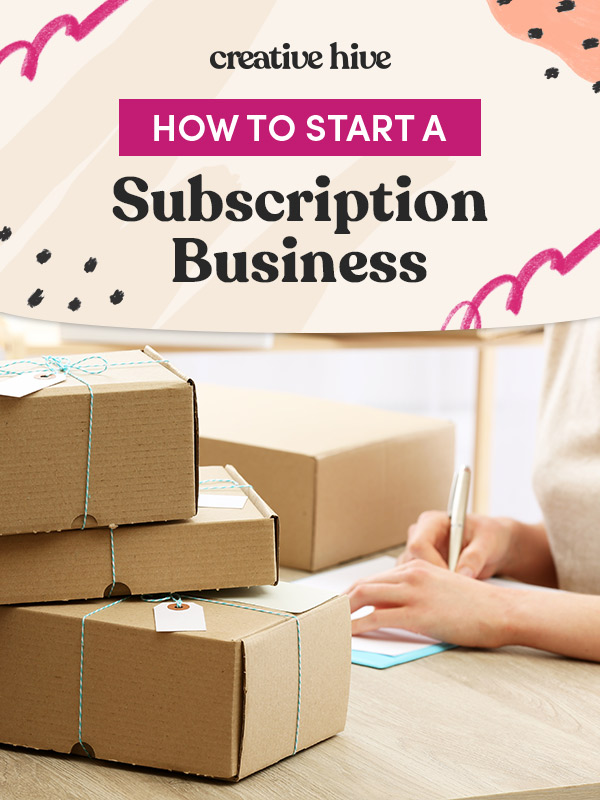
Leave a Comment
Liked this article? Share it!
Unlock a Profitable Handmade Business
in Just 12 Weeks Without Using Etsy
or Social Media
FREE WORKSHOP
This workshop is for anyone who makes and sells a handmade or physical product, including jewelry designers, artists, paper designers, bath & body product makers and more!
What You'll Discover
The #1 mistake people make with Etsy & social media that causes shops to FLOP
The secret to making it with your handmade shop so it's no longer just a hobby
How to make sales in your handmade shop with ease so you can finally get to 6-figures
TAKE ME THERE
Your email address will not be published. Required fields are marked *
Leave a Reply Cancel reply
About
Blog
A Sale A Day
Student Login
Free Class
Contact
Terms
Become A Student
Watch On YouTube
Student Reviews
See My Handmade Shop!
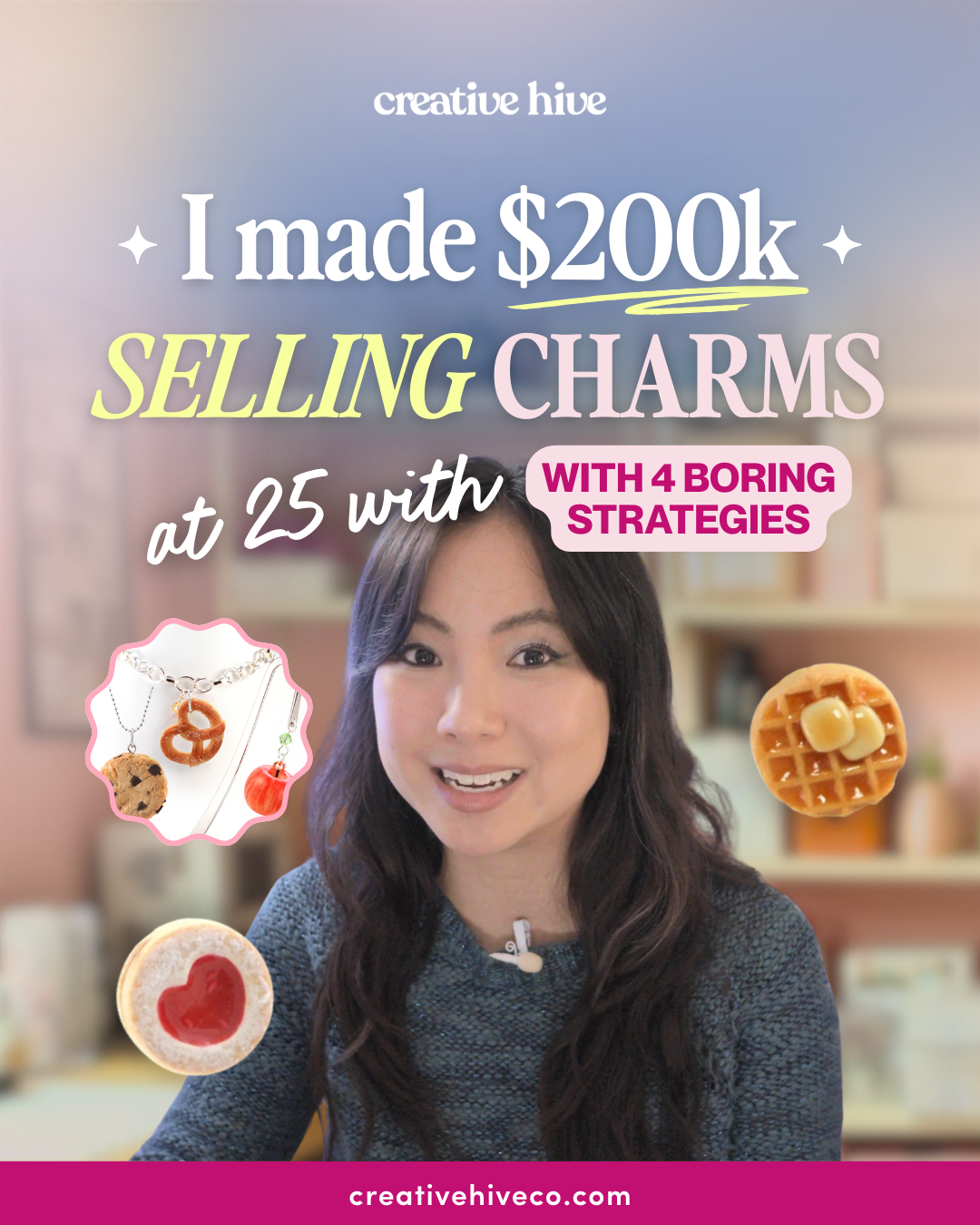
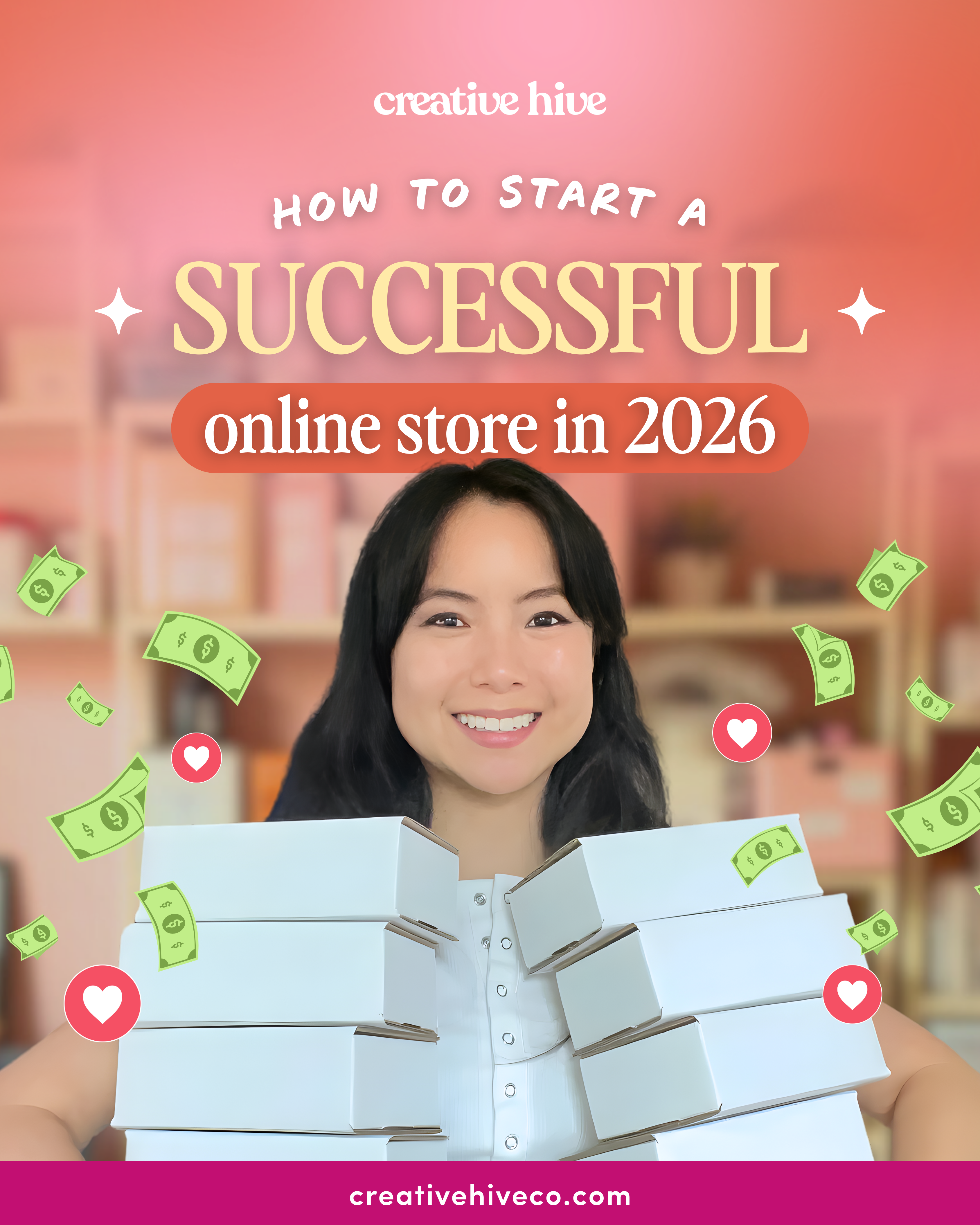
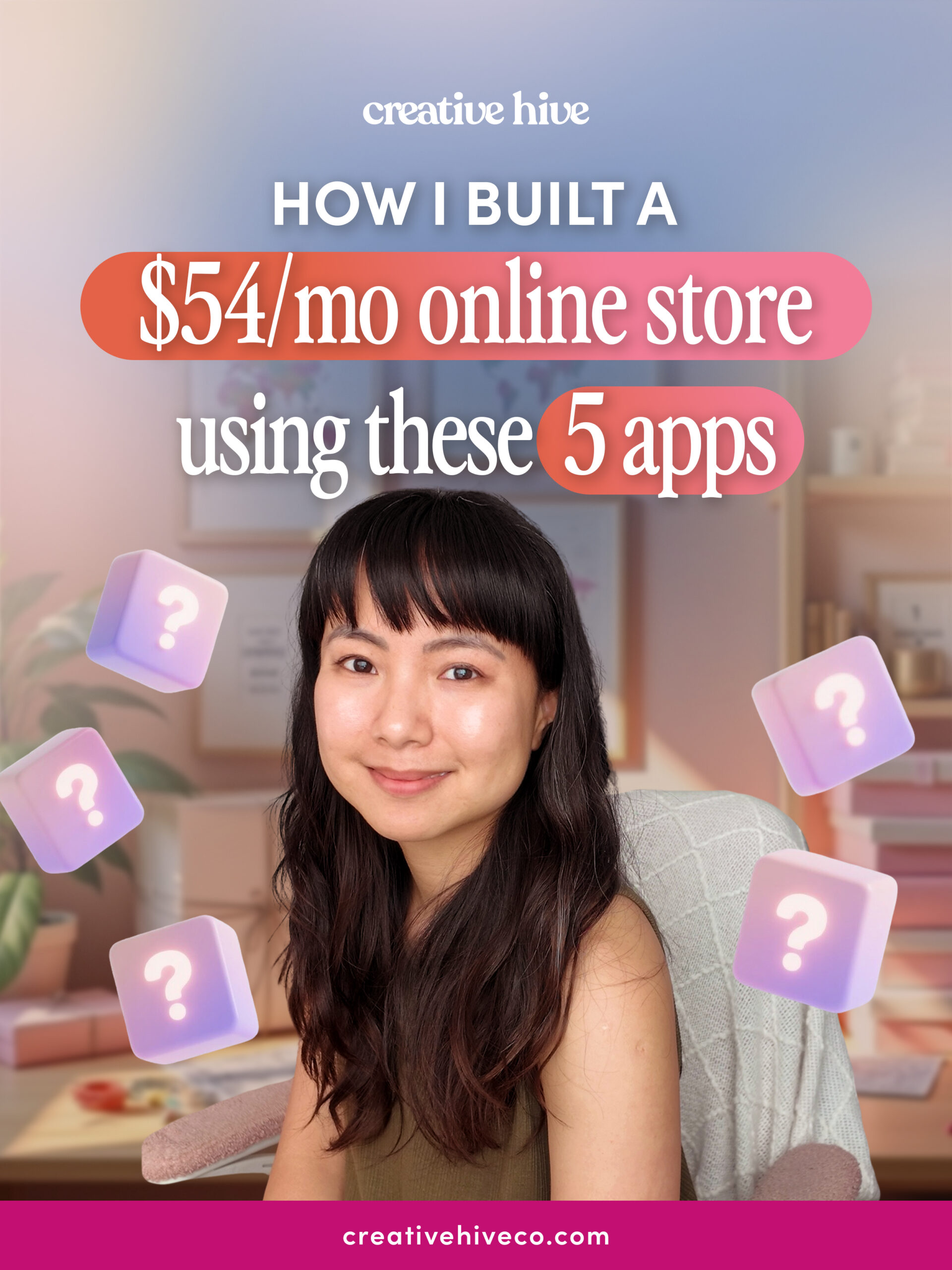

Thank you, I’m in the starting phase of planing my business, your articles are very helpful to me. And refer other to you periodically if that is okay? That happens to be how I f ound you.
Thanks for the info! I’m excited to create a cookie subscription option for my home bakery sometime this year or next. I still need to figure out the details, but your post was helpful. :)
This was incredibly helpful—thank you for breaking it all down so clearly! I’ve been thinking about starting a subscription box for my handmade products, but wasn’t sure where to begin. Your breakdown of sequential vs. monthly models and the tech/infrastructure advice really opened my eyes to the logistics involved. Excited to take the next step!
Creative Hive Co. offers a clear, practical guide for makers looking to start a subscription business, focusing on consistent product creation and building steady customer relationships. Great resource for anyone wanting predictable income through subscriptions.